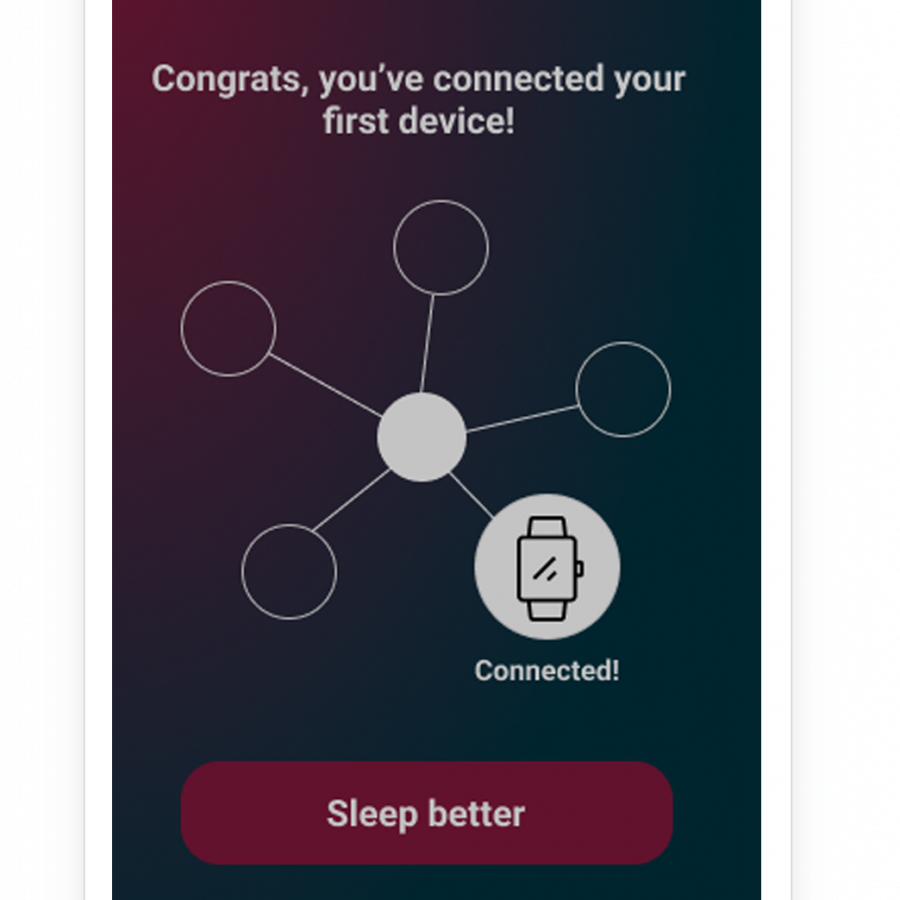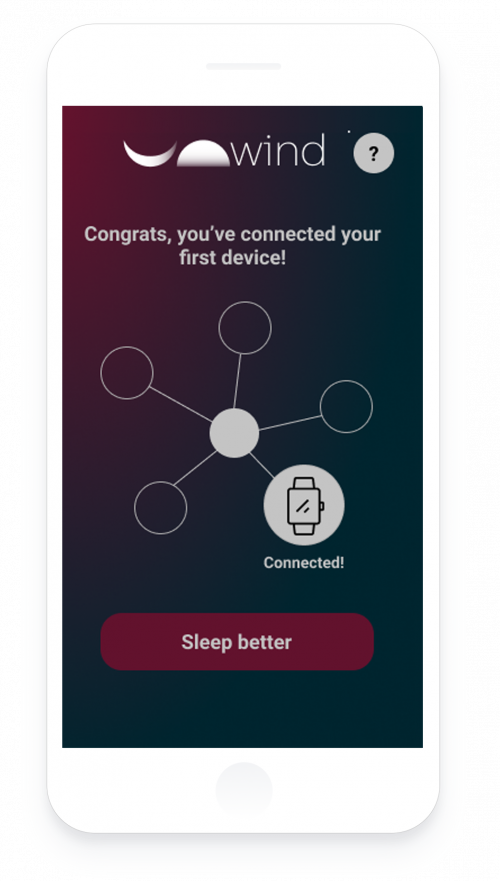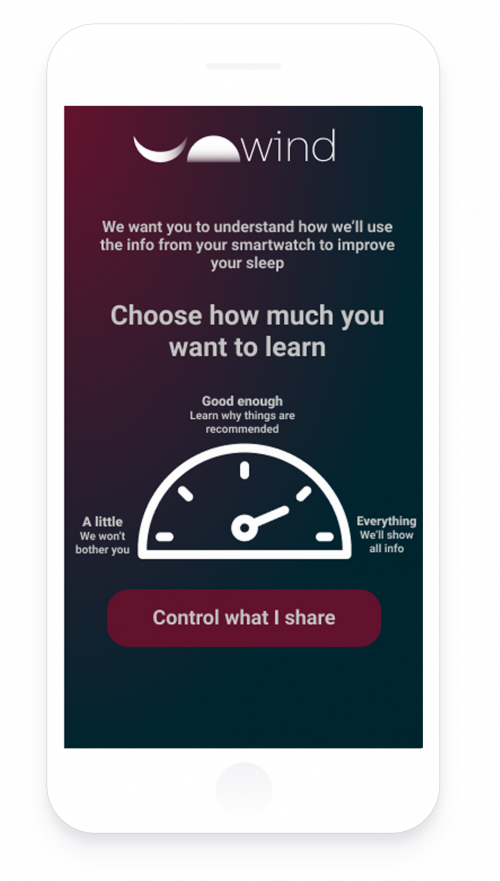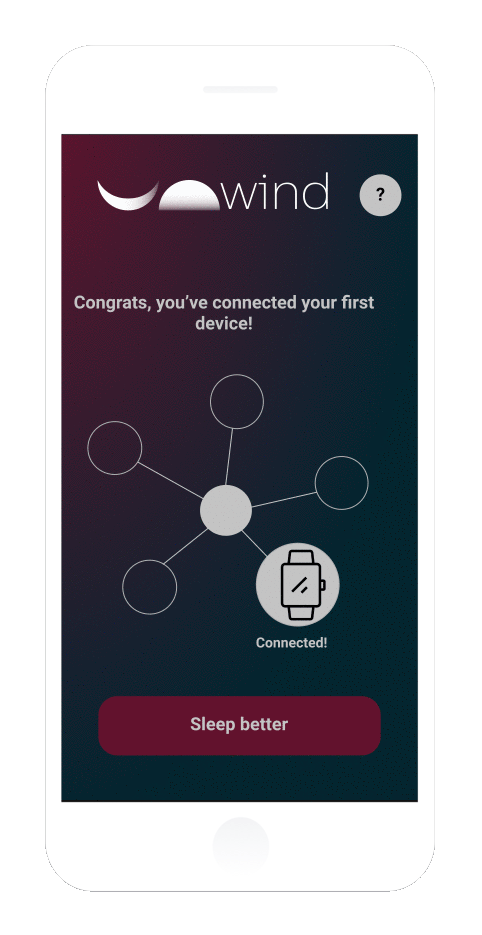How might we...
...inform people about the algorithms used to achieve trust and understanding and give them control
Smart health devices, products and apps are uniquely placed to enhance people’s lives, but also present difficulty for people to understand how data is collected, stored and used over time. How do digital health services like SleepRoom communicate to people, and allow them to control the algorithms that use their data for personalized health and lifestyle recommendations?

In the connected bedroom all devices work together to give you the best possible sleeping experience. SleepRoom automatically adjusts the bedroom’s conditions when it is time to sleep, providing healthy sleep advice and diagnosis on sleep-related conditions.
To provide the service, SleepRoom collects and combines data from 4 sources:

SleepRoom currently has a privacy notice that details the app’s data processing activities. The Privacy Notice, however, is very hard to understand for most of their user base. There is an opportunity for SleepRoom to help those using the service, to understand and control how algorithms use their data for personalized health and lifestyle recommendations.
How might we...
...inform people about the algorithms used to achieve trust and understanding and give them control
A key mechanism in the SleepRoom app is that it recognizes people may have different preferences for sharing data. SleepRoom enables people to choose how much they want to share by relating it to the value exchange they will receive from the app. For example, a person can choose the granularity of how much they want to learn and subsequently delve into the data sharing that is needed to support this type of learning.

Whenever SleepRoom provides a recommendation it also provides the supporting data points and scientific evidence that backs up the recommendation. Because Sleeproom uses a contained number of data sources it is easier to relate the outputs to something that happened in the data (e.g. recommending to use a smart blanket because body temperature at night is lower than usual).

SleepRoom could explore how to refine its recommendations based on the feedback from the people using its products and apps. For instance, when the app recommends a smart blanket to improve sleeping, it can monitor the effectiveness of the intervention and use this information to further tailor and improve its advice.
How might we build on SleepRoom’s ideas to...